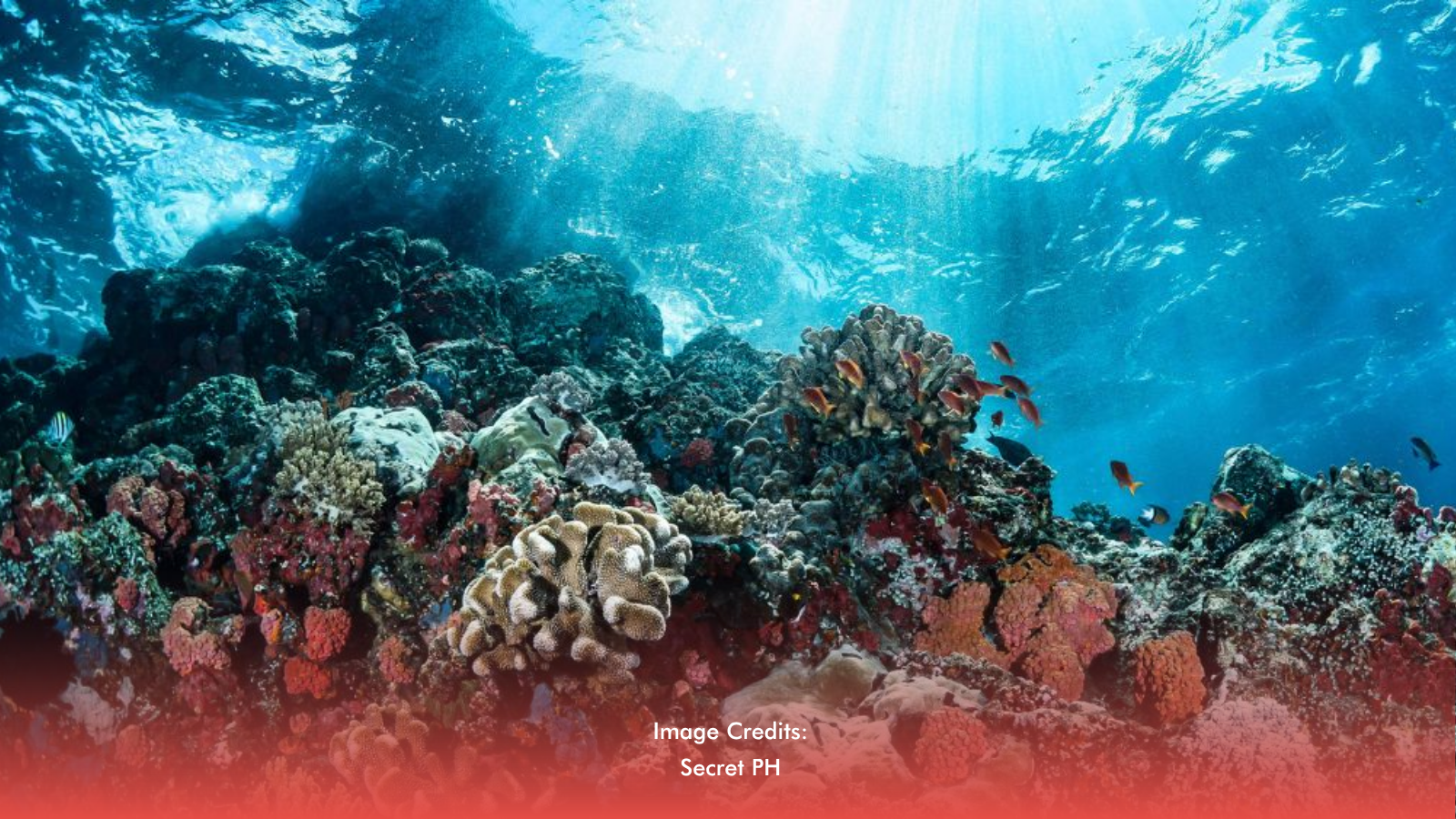A new international study has confirmed what Filipino marine scientists have long believed: the West Philippine Sea and Benham Bank in the Philippine Rise are home to some of the world’s richest soft coral ecosystems. Published in Nature Scientific Reports, the research analyzed over 4,400 samples from more than 40 countries using DNA barcoding. The Philippines stood out as a key player in soft coral biodiversity, on par with global hotspots like the Western Indian Ocean and the NE Australian Shelf.
These soft corals—zooxanthellate species that live in partnership with algae—play an essential role in reef habitats. While they don’t build hard skeletons like stony corals, they still provide shelter for marine life and contribute to reef structure and resilience.
Filipino Scientists Lead the Way
Much of the Philippine data came from researchers at the University of the Philippines Marine Science Institute (UP MSI). Dr. Jue Lalas, along with Rhea Luciano and Christine Segumalian from the IMBiBE Lab, collected samples from 2019 to 2021 in places like Palawan, Puerto Galera, and the Kalayaan Island Group.
Dr. Maria Vanessa Baria-Rodriguez, who co-authored the paper, has been at the forefront of soft coral research in the country. With training from international experts, her team has helped bridge the gap in understanding soft coral diversity, which has long been overshadowed by studies on hard corals.
A Call for Protection and Deeper Research
Beyond the science, the findings add weight to growing calls to safeguard Philippine marine areas. Both the West Philippine Sea and Benham Bank face threats from illegal fishing, deep-sea mining, and climate change. Soft corals, known for their resilience, may offer clues to how reefs adapt—but they too are vulnerable under prolonged stress.
For Filipino researchers, the message is clear: there’s still so much to discover in our waters. Protecting these ecosystems is not just about preserving beauty—it’s about defending a vital piece of the world’s marine heritage.








